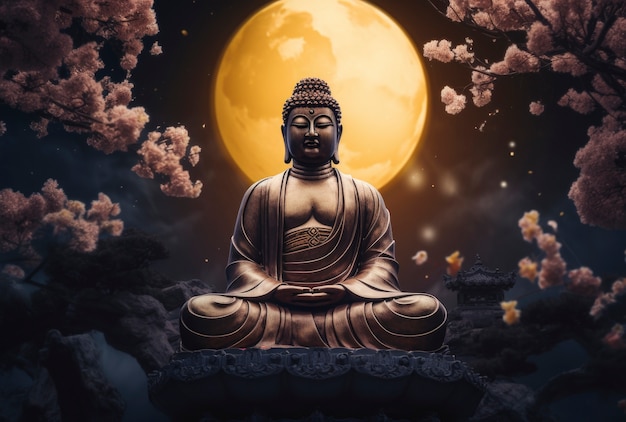

Misconceptions about the Buddha are so prevalent that they appear in nearly every book on Buddhism. Unfortunately, many of these books merely reiterate what others have said, causing these myths to persist for years. In this article, I aim to clear up some of these common myths about the Buddha, focusing on those even knowledgeable Buddhists often accept as fact due to their widespread repetition.
Firstly, while people often state that the Buddha was Indian, he was actually born in Lumbini, in the Sakyan country, which is present-day Nepal. Although he spent much of his life in what is now India, he was technically Nepalese by modern geographic standards.
Secondly, the scriptures almost exclusively refer to the Buddha as “Gotama,” which is often assumed to be his family name. However, it was likely his personal name. The tradition identifies other family members by their personal names, making it odd if the Buddha alone was referred to by a family name. Thus, Gotama might have been his first name, with Ādicca (“sun”) being his family name.
Thirdly, contrary to popular belief, there was no religion known as Hinduism during the Buddha’s time, so the Buddha could not have been a Hindu. The prevalent religious tradition was Brahminism, based on sacrificial rituals described in the ancient Vedas. The Buddha likely did not subscribe to this tradition, as the Sakyans, his people, viewed themselves as superior to the Brahmins.
Fourth, the notion that the Buddha was a prince is misleading. The Sakyans lived in a republic governed by a council rather than a monarchy. The Buddha’s father was not a king but a head of the family council.
Fifth, many believe the story of the Buddha seeing the Four Sights—a sick person, an old person, a dead person, and an ascetic—which led him to seek a solution for suffering. However, this narrative is only found in stories about a previous Buddha named Vipassi. The Buddha himself did not report such experiences in his early teachings.
Sixth, the narrative about the Buddha living in three palaces before renouncing the world is likely a myth. Archaeological evidence shows that Kapilavastu, his home, had modest dwellings. The term “palaces” may have been an exaggerated translation of more ordinary homes.
Seventh, stories about the Buddha sneaking out at night to begin his ascetic journey likely exaggerate the truth. The early scriptures suggest he spoke with his parents before leaving, as he mentions saying goodbye despite their grieving.
Additionally, the Buddha’s teachings do not advocate clinging to views, as clinging leads to suffering. It’s essential to hold beliefs lightly and be open to changing them in light of new evidence, which helps prevent disputes and promotes happiness.
In addressing these myths, it’s crucial to understand that religious traditions often evolve, and stories about spiritual figures can become embellished over time. The core of the Buddha’s message, which emphasizes practical and ethical living, remains vital regardless of these myths.